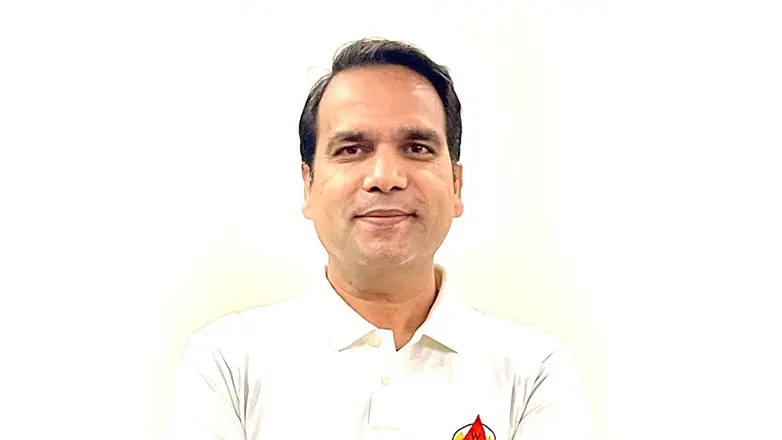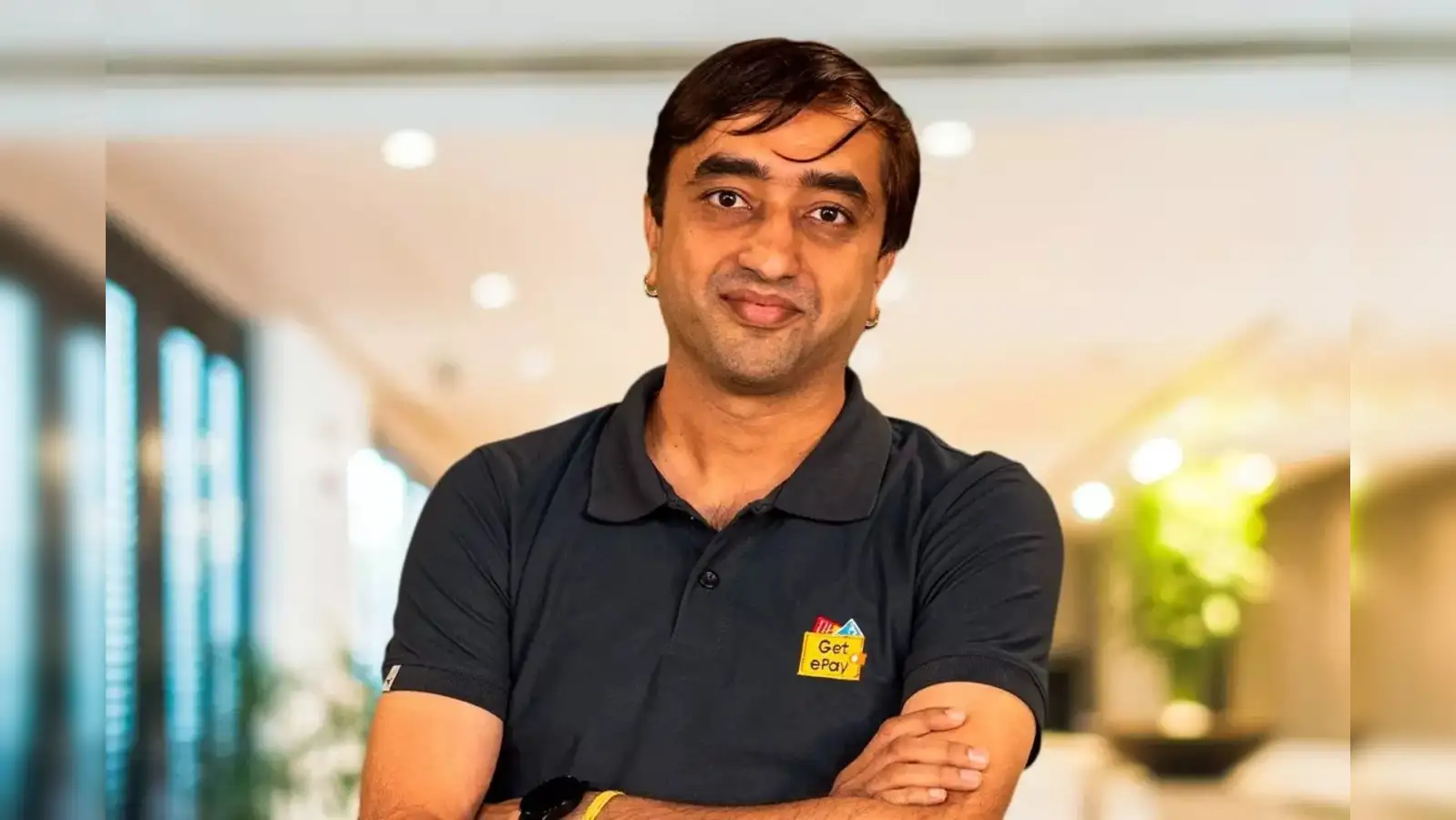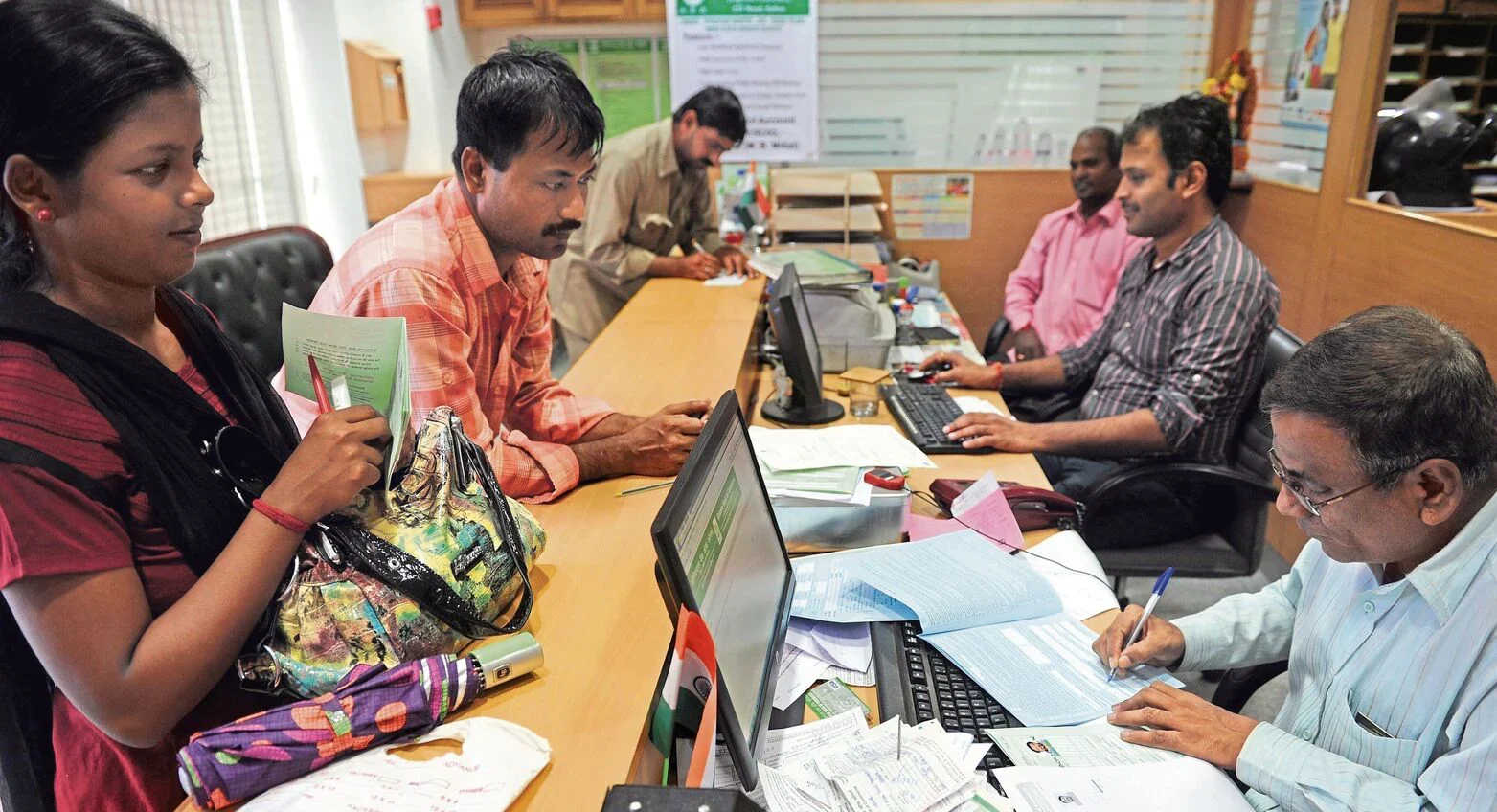In 2017, India’s startup ecosystem was rocked by the arrest of Stayzilla CEO Yogendra “Yogi” Vasupal. What was once considered a promising contender in India’s travel-tech space had come to a sudden, controversial halt. Stayzilla’s story is now a case study in what can go wrong even when funding, market timing, and ambition seem to align.
The Founding Vision
Stayzilla was formally launched in 2010 by Yogendra Vasupal, Rupal Yogendra, and Sachit Singhi. It originated as Inasra Technologies in 2005, well before homestays became a global trend. Its vision was simple but ambitious: democratise affordable travel in India by aggregating homestays, guesthouses, and budget hotels, particularly in tier-2 and tier-3 towns.
Early Growth and Funding Milestones
Stayzilla grew steadily from its Chennai headquarters. In 2012, it raised $500,000 from the Indian Angel Network, followed by a Series A round led by Matrix Partners in 2013. In 2015, it raised $20 million in Series B from Nexus Venture Partners and Matrix and another $13-14 million in Series C by mid-2016. By then, Stayzilla listed over 55,000 stay options across 4,000+ Indian towns.
Why It Was Touted as a Unicorn-in-Waiting
Stayzilla was among the first to enter the alternate lodging market. It had a strong early-mover advantage, a niche focus on non-metro markets, and deep investor backing. Its asset-light platform model similar to Airbnb gave it potential to scale quickly and cheaply. With India’s domestic tourism on the rise, Stayzilla was widely regarded as a unicorn-in-the-making.
The Fall: Strategy, Market and Operational Cracks
But cracks soon appeared. The company expanded aggressively without validating demand in its long-tail markets. Hosts were onboarded in remote towns where booking volumes were too low. Logistics and quality control proved unmanageable. Meanwhile, competitors like OYO and Airbnb intensified their presence.
Stayzilla’s unit economics became unsustainable. Deep discounting and high customer acquisition costs ate into margins. Vasupal later admitted they focused too much on GMV and user growth instead of cash flows. By 2016, the company was burning more cash than it could raise.
The Sudden Shutdown
On February 23, 2017, Stayzilla abruptly suspended operations. Vasupal cited the model’s unviability in an open letter and promised a reboot. But what followed was even more shocking: Vasupal was arrested in March after an advertising vendor, Jigsaw Solutions, filed a police complaint alleging unpaid dues of Rs 1.7 crore.

Legal Crisis and Industry Backlash
The arrest caused uproar. Founders, investors, and startup bodies condemned the criminalization of a civil dispute. Leaders like Freshdesk’s Girish Mathrubootham and iSPIRT’s Sharad Sharma rallied behind Vasupal. The Madras High Court later granted him bail, observing the case was business-related, not criminal.
Lessons for Every Aspiring Unicorn
Stayzilla’s story carries five core lessons:
- Don’t Outrun Market Readiness: Stayzilla scaled before users and hosts were ready.
- Focus on Unit Economics: Growth without profitability is a ticking time bomb.
- Know When to Pivot: Stayzilla delayed restructuring until funds ran dry.
- Manage Stakeholder Expectations: Avoid legal escalation through transparency and negotiation.
- Prepare for Regulatory Gaps: India’s startup ecosystem still lacks robust civil dispute resolution frameworks.
More Than Just A Business Failure
Stayzilla’s rise and fall are not just a tale of business failure; they’re a blueprint for how unchecked optimism, operational misfires, and legal oversight can unravel even the most promising startups. Every entrepreneur eyeing unicorn status should study Stayzilla, not for its ambition but for its avoidable collapse.
Also Read: Why Does Sarojini Nagar Outperform Most Startups?






















